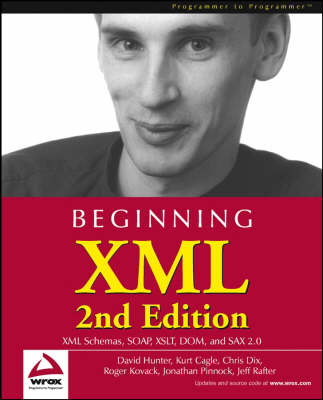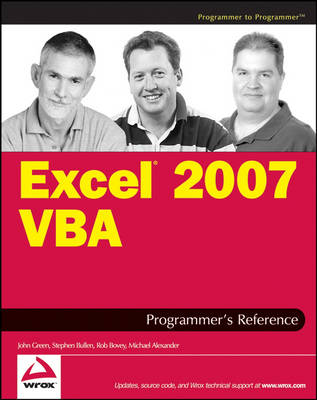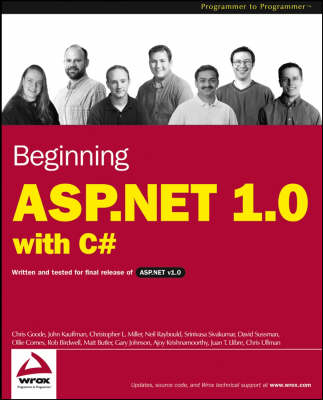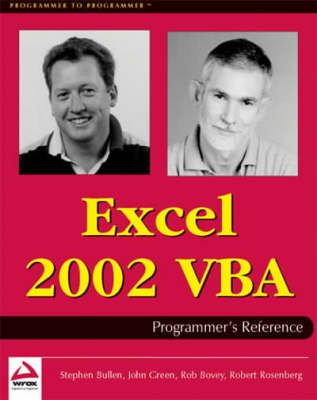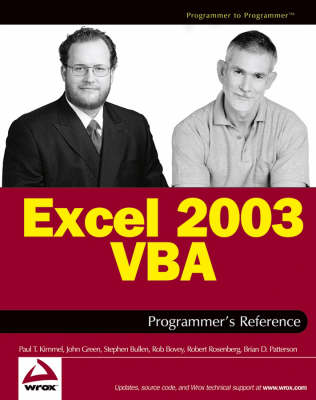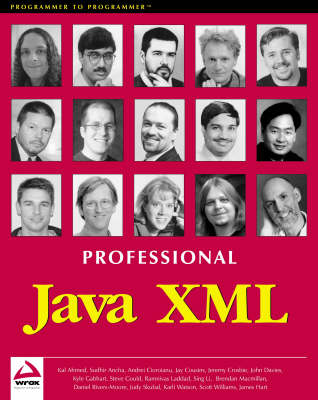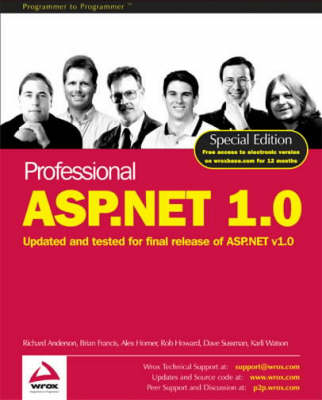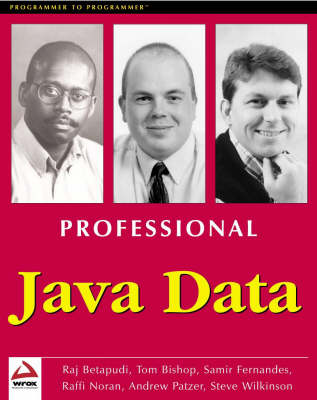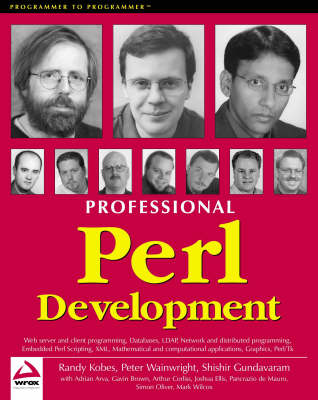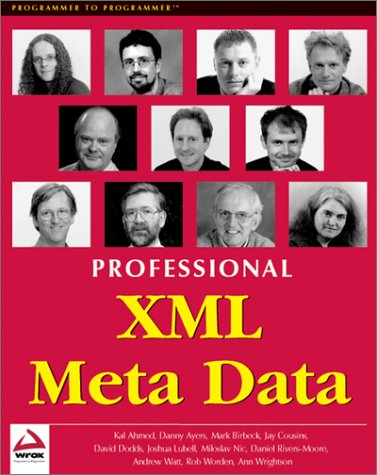Programmer to Programmer
10 total works
* SOAP and Web Services * Displaying XML using CSS and XSL * Incorporating XML into tradition databases and n-tier architectures * XLink and XPointer for linking XML and non-XML resources Who is this book for? Beginning XML, 2nd Edition is for any developer who is interested in learning to use XML in web, e-commerce or data-storage applications. Some knowledge of mark up, scripting, and/or object oriented programming languages is advantageous, but not essential, as the basis of these techniques are explained as required.
Excel 2007 VBA Programmer′s Reference
by John Green, Stephen Bullen, Rob Bovey, and Michael Alexander
The techniques presented have been developed through the exchange of ideas of many talented Excel VBA programmers over many years and show the best way to gain access to workbooks, worksheets, charts, ranges, and so on. The emphasis is on efficiency--that is, how to write code that is readable and easy to maintain and that runs at maximum speed. In addition, the chapters devoted to accessing external databases detail techniques for accessing data in a range of formats. The final four chapters of the book address the following advanced issues: linking Excel to the Internet, writing code for international compatibility, programming the Visual Basic Editor, and how to use the functions in the Win32 API (Windows 32-bit Application Programming Interface). Finally, the appendices are a comprehensive reference to the Excel 2007 object model, as well as the Visual Basic Editor and Office object models. All the objects in the models are presented together with all their properties, methods, and events.
Who is this book for? This book is aimed at relatively inexperienced web builders who are looking to enrich their sites with dynamically-generated content, and want to learn how to start building web applications using ASP.NET. Developers who have a little experience with previous versions of ASP (and are looking to move over to ASP.NET), may also find this book helpful in getting a simple grasp on what ASP.NET is, what it does, and how it can be used. Experience of basic HTML is required, but previous experience of ASP is not essential. We'll be teaching the basics of C# in this book, so prior experience with the language is not required.
Excel 2002 VBA Programmer's Reference
by Stephen Bullen, etc., John Green, Rob Bovey, and Robert Rosenberg
Excel 2003 VBA Programmer's Reference
by Paul Kimmel, Stephen Bullen, John Green, Rob Bovey, Robert Rosenberg, and Brian Patterson
This book is aimed at experienced ASP developers working at the leading edge rather than the casual ASP developer or beginner. We do not cover the basics of COM, ASP, or the .NET programming languages. This book is also ideal for Visual Basic developers who want to move into Web application design. What do you need to use this book? Here's what you need to know in order to use this book: * A solid understanding of ASP * Familiarity with VB or C-based syntax (C++, Java, or C#) * A desire to develop sophisticated ASP.NET applications using the .NET Framework * A desire for a comprehensive and in-depth guide to this exciting new technology
